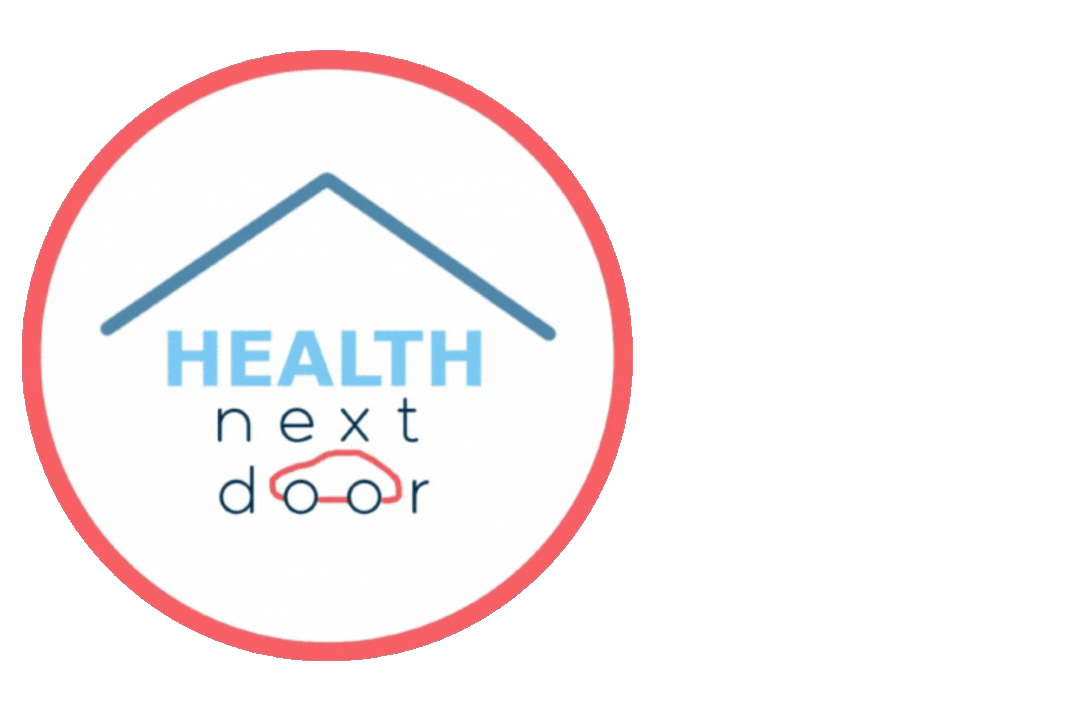How do I help a Child with Down Syndrome?

Children with Down Syndrome face unique challenges that can impact their physical development and overall quality of life. Physiotherapy plays a crucial role in addressing these challenges, helping children build strength, improve coordination, and achieve greater independence. At Health Next Door, we understand the importance of tailored physiotherapy programs designed to meet the specific needs of each child.
Here’s how we approach overcoming challenges in physiotherapy for children with Down Syndrome.
Understanding Down Syndrome and Its Impact
Down Syndrome is a genetic disorder caused by the presence of an extra chromosome 21. This condition affects physical growth, cognitive development, and motor skills. Common physical characteristics include low muscle tone (hypotonia), joint laxity, and a higher propensity for certain medical conditions such as heart defects and respiratory issues. These factors can make physical activities more challenging and necessitate a specialized approach to physiotherapy.
Key Challenges in Physiotherapy
- Hypotonia (Low Muscle Tone):
- Challenge: Children with Down Syndrome often have decreased muscle tone, leading to difficulties with movement and posture.
- Solution: Physiotherapists use targeted exercises to strengthen muscles, improve tone, and enhance motor control. Activities such as tummy time for infants and resistance exercises for older children are crucial.
- Joint Laxity:
- Challenge: Increased flexibility in joints can lead to instability and a higher risk of injury.
- Solution: Stabilisation exercises and techniques to enhance joint stability are incorporated into therapy sessions. Strengthening surrounding muscles and providing supportive braces if necessary, can help mitigate this issue.
- Delayed Motor Skills:
- Challenge: Motor skill development may be slower compared to typically developing peers.
- Solution: Personalised intervention plans focus on breaking down motor skills into manageable steps, using repetition and positive reinforcement to encourage progress. Engaging children in fun, play-based activities also help maintain their interest and motivation.
- Balance and Coordination:
- Challenge: Poor balance and coordination can hinder a child’s ability to perform everyday tasks.
- Solution: Balance training exercises, such as standing on one foot, walking on uneven surfaces, and using balance boards, are incorporated to improve stability and coordination.
- Motivation and Engagement:
- Challenge: Keeping children motivated and engaged in therapy can be challenging, especially if they face repeated difficulties.
- Solution: Creating a supportive and fun environment is essential. Incorporating games, music, and activities that align with the child’s interests can make therapy sessions enjoyable and effective. Celebrating small achievements also boosts confidence and motivation.
The Role of Family and Caregivers
Family involvement is crucial in the success of physiotherapy for children with Down Syndrome. Educating parents and caregivers about the importance of continued practice at home ensures that the benefits of therapy extend beyond the sessions.
Innovative Approaches and Techniques
At Health Next Door, we are committed to our clients. We incorporate the advancements in physiotherapy. We use advanced techniques such as hydrotherapy, where exercises are performed in water, can be particularly beneficial for children with Down Syndrome. The buoyancy of water reduces stress on joints and muscles, making it easier to perform movements and build strength.
Conclusion
Physiotherapy for children with Down Syndrome requires a compassionate, individualised approach that addresses their unique needs and challenges.
At Health Next Door, our dedicated team of physiotherapists is committed to helping each child reach their full potential, fostering independence, and improving their quality of life. By understanding and overcoming the challenges faced by these children, we pave the way for a brighter, more active future.


.png?width=50&height=50&name=WhatsApp_Image_2024-03-29_at_13.48.58_f7740a48__1_-removebg-preview%20(1).png)